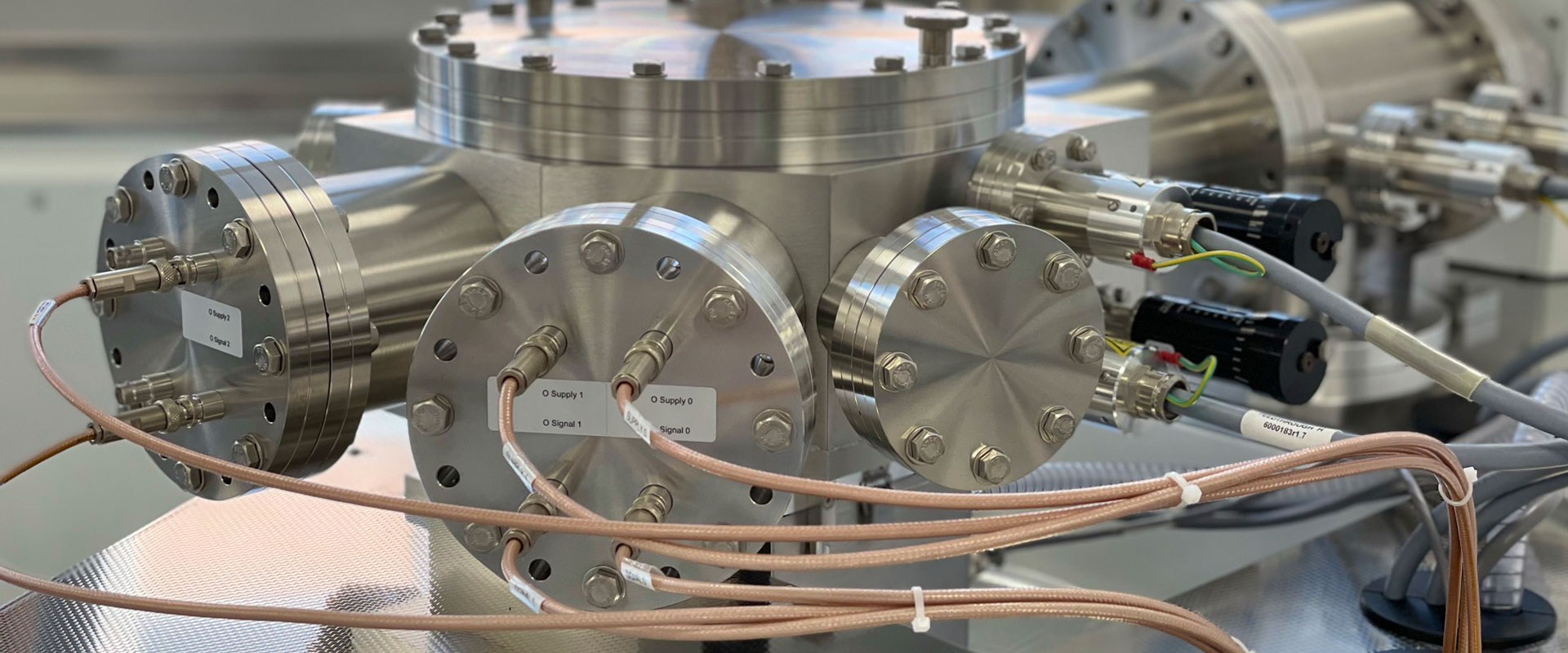Author: Shaun T. Lancaster a, Eskil Sahlin b, Marcus Oelze c, Markus Ostermann c, Jochen Vogl c, Valérie Laperche d, Solène Touze d, Jean-Philippe Ghestem d, Claire Dalencourt e, Régine Gendre e, Jessica Stammeier f, Ole Klein g, Daniel Pröfrock g, Gala Košarac h, Aida Jotanovic h, Luigi Bergamaschi i, Marco Di Luzio i, Giancarlo D’Agostino i, Radojko Jaćimović j, Melissa Eberhard a, Laura Feiner a, Simone Trimmel a, Alessandra Rachetti a, Timo Sara-Aho k, Anita Roethke l, Lena Michaliszyn l, Axel Pramann l, Olaf Rienitz l, Johanna Irrgeher a
Abstract: As the drive towards recycling electronic waste increases, demand for rapid and reliable analytical methodology to analyse the metal content of the waste is increasing, e.g. to assess the value of the waste and to decide the correct recycling routes. Here, we comprehensively assess the suitability of different x-ray fluorescence spectroscopy (XRF)-based techniques as rapid analytical tools for the determination of critical raw materials, such as Al, Ti, Mn, Fe, Co, Ni, Cu, Zn, Nb, Pd and Au, in three electronic waste matrices: printed circuit boards (PCB), light emitting diodes (LED), and lithium (Li)-ion batteries. As validated reference methods and materials to establish metrological traceability are lacking, several laboratories measured test samples of each matrix using XRF as well as other independent complementary techniques (instrumental neutron activation analysis (INAA), inductively coupled plasma mass spectrometry (ICP-MS) and ICP optical emission spectrometry (OES)) as an inter-laboratory comparison (ILC). Results highlighted key aspects of sample preparation, limits of detection, and spectral interferences that affect the reliability of XRF, while additionally highlighting that XRF can provide more reliable data for certain elements compared to digestion-based approaches followed by ICP-MS analysis (e.g. group 4 and 5 metals). A clear distinction was observed in data processing methodologies for wavelength dispersive XRF, highlighting that considering the metals present as elements (rather than oxides) induces overestimations of the mass fractions when compared to other techniques. Eventually, the effect of sample particle size was studied and indicated that smaller particle size (<200 µm) is essential for reliable determinations.

